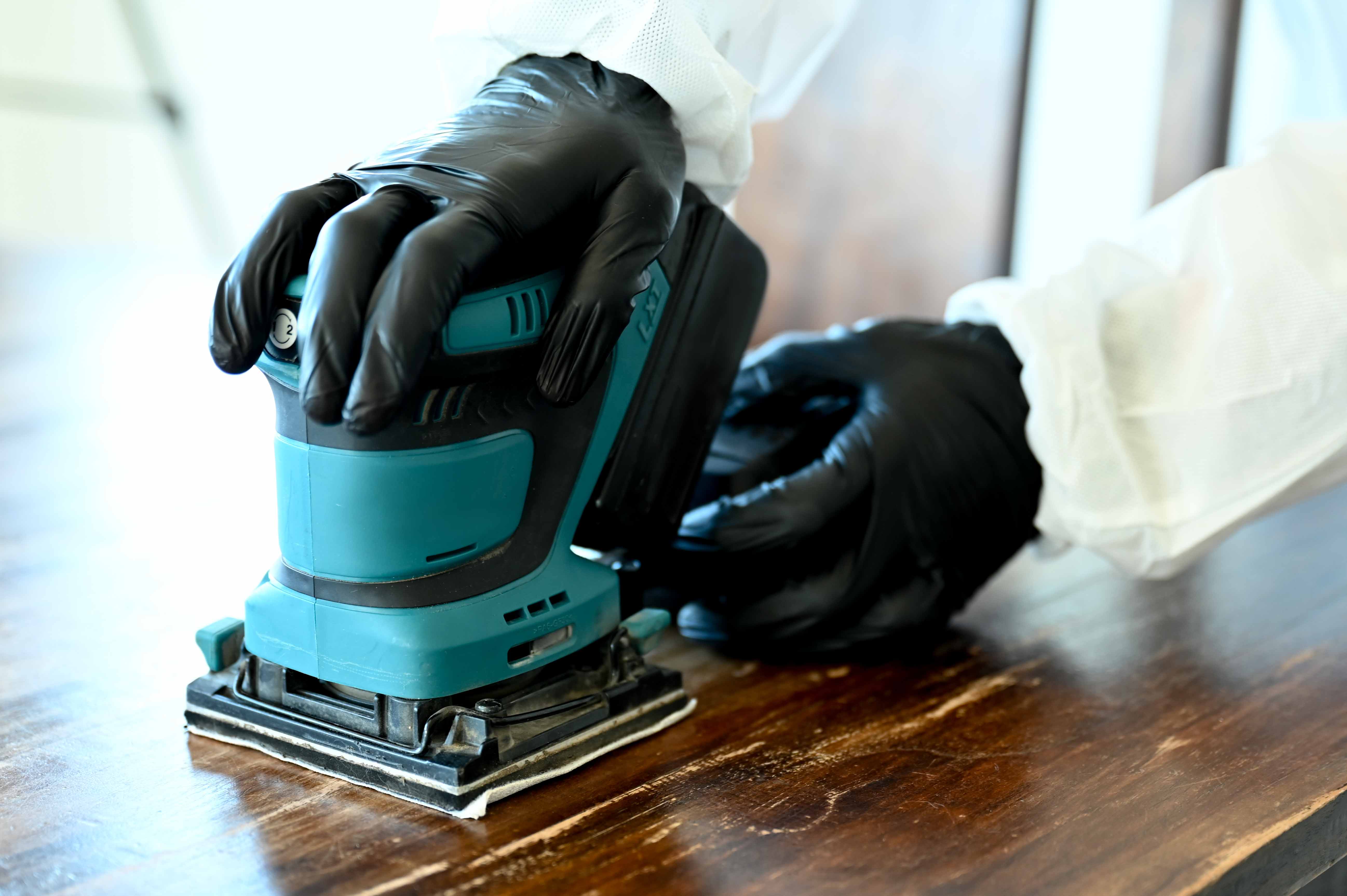Contents Restoration
MouldSafe provides high-quality testing and remediation services
Your Trusted Contents Restoration and Remediation Experts Across NSW – Central Coast, Newcastle, Northern Rivers, and Hornsby. With state-of-the-art testing equipment and experienced IICRC-accredited technicians, we follow rigorous protocols to ensure high-quality services.
Our comprehensive offerings include air quality testing, surface sampling, moisture detection, mould removal, contents restoration, sub-floor solutions, and more. Trust our specialized process to salvage and restore water and mould-damaged furniture, providing you with a thorough and effective solution for a mold-free environment.
Contents restoration for furniture that has been damaged by water and mould typically involves a specialised process to salvage and restore the items.

Assessment and Inventory:
A contents restoration specialist will assess the extent of the damage and create a detailed inventory of the affected furniture. This helps determine the appropriate restoration techniques and prioritise items for treatment.
Removal and Transportation:
If the furniture is still in the affected area, it may need to be carefully removed to a controlled environment for restoration. This ensures that the mould spores do not spread to other areas.
Cleaning and Decontamination:
The furniture is thoroughly cleaned and decontaminated to remove mould growth and any lingering odours. This process may involve various techniques, such as dry cleaning, wet cleaning, or foam cleaning, depending on the type of furniture and the level of contamination.
Drying and Dehumidification:
After cleaning, the furniture is carefully dried to eliminate moisture. This is crucial to prevent further mould growth. Drying techniques may include air drying, using dehumidifiers, or applying heat.
Structural Repairs:
If the furniture has suffered structural damage due to water or mould, repairs may be necessary. This can include fixing loose joints, replacing damaged parts, or reinforcing weakened areas. Skilled furniture craftsmen or restoration specialists handle these repairs.
Upholstery and Fabric Restoration:
If the furniture has upholstery or fabric components, special attention is given to their restoration. Stain removal, deodorisation, and sanitisation techniques are employed to restore the appearance and functionality of the materials.
Odour Removal:
Mould and water damage can often leave behind unpleasant odours. Specialised techniques like ozone treatment, thermal fogging, or activated charcoal may be used to eliminate these odours from the furniture.
Final Inspection and Packaging:
Once the restoration process is complete, a final inspection is conducted to ensure that the furniture has been restored to its pre-damaged condition. The items are then carefully packaged and prepared for transport back to the original location.